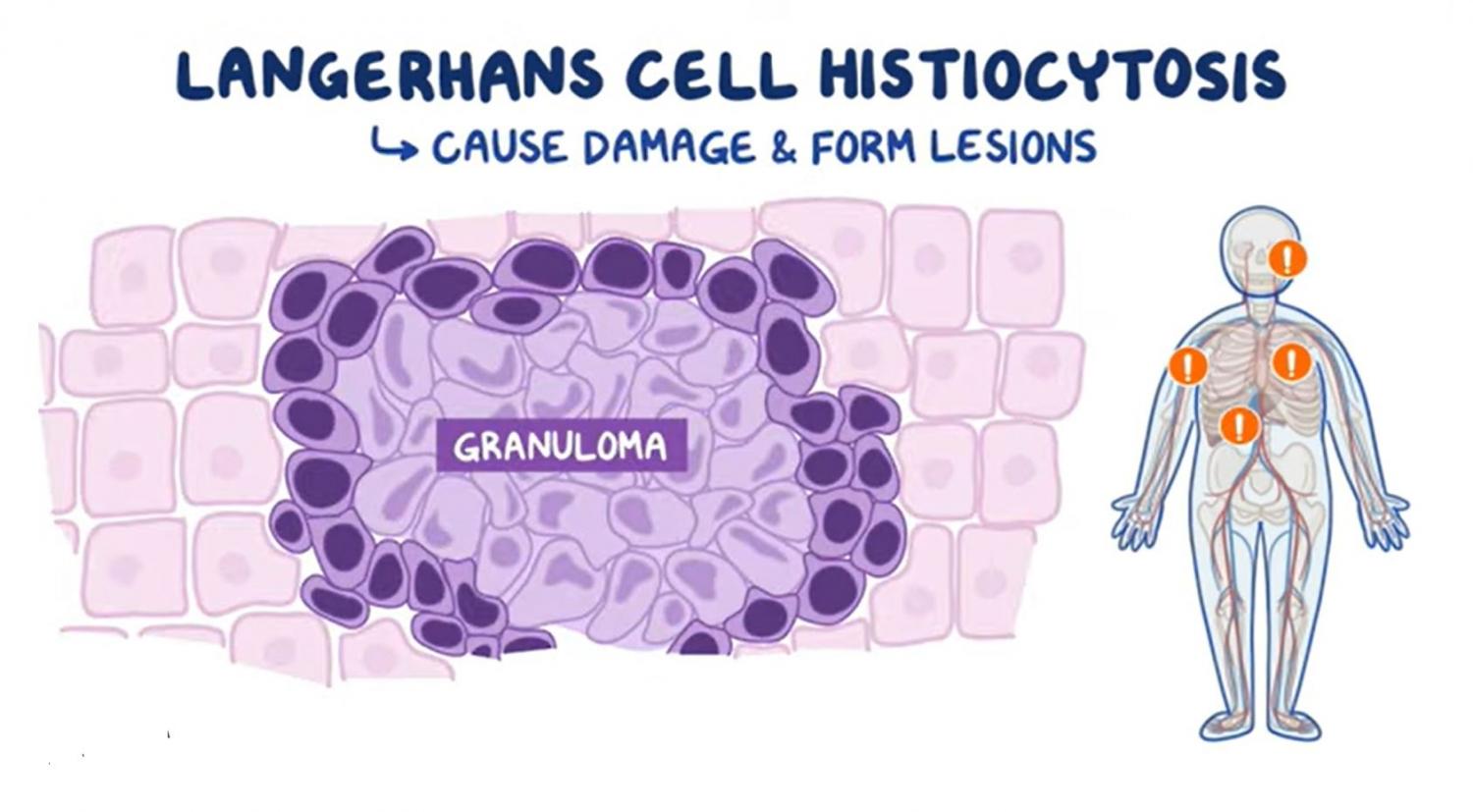
Rare Disease Education: Langerhans Cell Histiocytosis
Editor: Kelsey LaFayette, DNP, RN, FNP-C
"When you hear hoofbeats, think of horses, not zebras,” is a common saying in medical education that means you should think of common conditions first, instead of rare ones, in making a diagnosis. “Rare” is a relative term though and about 7,000 rare, or "zebra," conditions affect more than 350 million individuals worldwide. Although these conditions collectively affect an enormous number of people, each of these conditions individually is rare enough that it can be difficult to secure the resources to study them and to develop treatments and cures. Likewise, awareness of rare conditions may be low and health care professionals may not be familiar with their signs and symptoms making it more difficult to reach a correct diagnosis and provide effective treatments.
To increase knowledge about rare conditions, Osmosis and the National Organization for Rare Diseases (NORD) have collaborated on an initiative to bring education and awareness to the public. We are excited to be a part of this initiative because we believe everyone deserves quality health care, no matter how rare their condition.
Zebra Highlight: Langerhans Cell Histiocytosis
Is it cancer? Yes…No…Maybe. Langerhans Cell Histiocytosis (LCH) is treated by oncologists, but the National Cancer Institute is unsure if it’s “cancer or a cancer-like disease.” In all cases, we know much more about the disease today; enough for its name to have changed from Histiocytosis X,
LCH is a proliferation of abnormal histiocytes, which are inflammatory immune cells that constantly patrol the body for invaders. These abnormal cells infiltrate multiple body parts including the bones, skin, and nervous system. In the bones, they cause fractures and deformities. In the skin, they can cause rashes, discolored lesions, or even bleeding ulcers. In the central nervous system, they cause neurological deficits like poor coordination.
Learn more by watching the video.
Meet Shauntelle Tynan, 16 years old
The teenage years are all about change, but Shauntelle and her family were not expecting a life-changing diagnosis. Doctors in her native country of Ireland had no experience in treating Langerhans Cell Histiocytosis, but moving to the US to get treatment was prohibitively expensive.
Watch how Shauntelle overcomes every challenge to ring the victory bell three years later.
More Information on Langerhans Cell Histiocytosis:
